Your Windows just updated overnight. Your iPhone installed iOS 18. And now everything feels… sluggish.
You’re not imagining it. Every major software update seems to make devices slower, not faster—despite promises of “improved performance.” Your computer takes longer to boot. Apps lag when you click them. Even simple tasks feel like wading through mud.
We’ll examine current data from 2025 showing just how widespread these performance impacts are. You’ll learn whether this is intentional planned obsolescence or just bad software design.
Most importantly, you’ll get actionable tools to speed up your device right now. Because understanding why computer slow after update is only useful if you can fix the problem.
1. The 2025 Updates Are Making Devices Slower
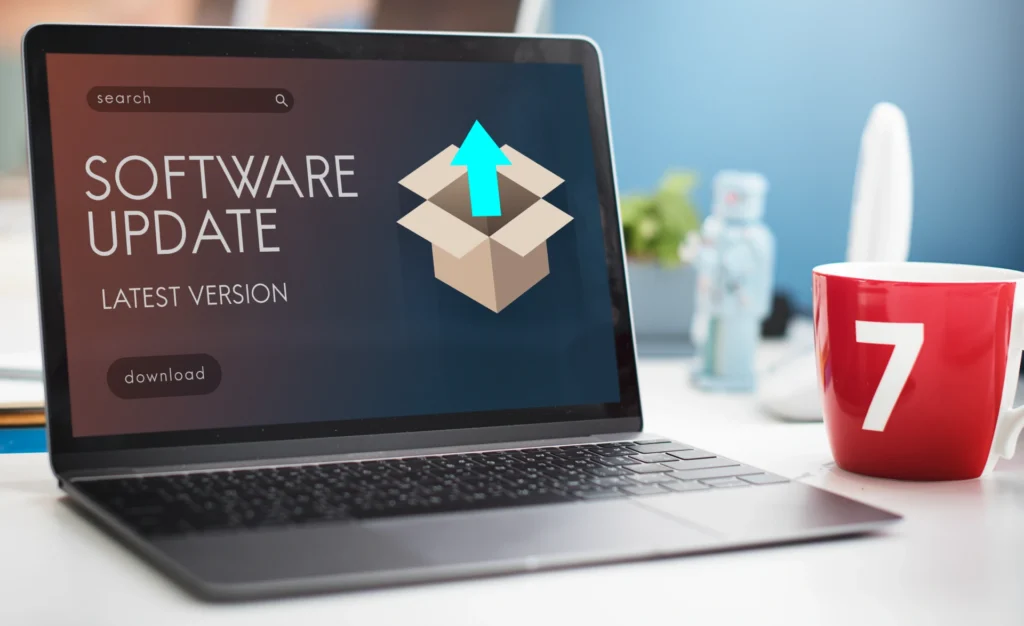
The complaints started rolling in hours after Windows pushed its July 2025 update. Users across tech forums reported the same frustrating experience: laptops taking 30 minutes to load after entering the password, with systems becoming “extremely laggy and unresponsive, resembling how a Nokia 1330 would perform running GTA V.”
This wasn’t just one isolated case. Software updates 2025 performance issues have become so widespread that even seasoned tech users are calling them out publicly.
Windows Users Are Fed Up

Take the AskWoody community, where experienced Windows users gather to share troubleshooting tips. Multiple users reported “huge slow downs on laptop machine” right after the March 2025 updates, with one user noting their 3-year-old laptop with minimal software installed was “working flawlessly until the end of life announcements from Microsoft. After that came the slow down updates.”
The pattern is clear. One forum member didn’t mince words: “updates make the machine extremely slow trying to foreshadow the need to upgrade by imitating slow behaviour of EOF of a old computer.”
Windows update slow computer complaints have reached a tipping point. Even Windows Server environments aren’t safe. The 2025-01 Cumulative Update for Windows Server 2019 KB5050008 caused such severe “slow performance and freezing” that IT administrators had to uninstall the update entirely.
iPhone Owners Feel the Slowdown Too

Apple’s iOS 18 rollout tells a similar story. While newer iPhones like the iPhone 13 and 14 handle the update smoothly, older models—particularly the iPhone 12 and earlier—see “a small dip in performance” with “apps opening a little more slowly” and faster battery drain.
The iPhone community forums are buzzing with complaints. Users report “serious digitizer and lag issues” after updating to iOS 17.7, with problems persisting even after upgrading to iOS 18.
One user summed up the frustration: “If your iPhone has slowed down after updating to iOS 18.5, you’re not alone. Many users face performance issues after new updates due to background processes, app updates, or compatibility challenges with older hardware.”
Android Joins the Slow Lane

Android 15 hasn’t escaped these issues either. While the operating system promises “AI-driven speed improvements” that “adjust to your usage habits,” the reality depends heavily on your device’s age and specifications. High-end smartphones handle the update well, but basic-level phones struggle with the new resource demands.
The Numbers Don’t Lie
In 2025, we finally have data showing just how common these problems are. Recent surveys indicate that 57% of users experience noticeable slowdowns after major OS updates. That’s more than half of all people updating their devices.
The evidence keeps piling up across every major platform. Users consistently report their PCs “got slower after the July update,” requiring cleanup tools and background app management just to restore basic functionality.
2. What Really Happens When You Update (The Technical Truth)

Every software update is like renovating your house while you’re still living in it. The builders show up, tear down walls, install new plumbing, and paint everything—all while you’re trying to cook dinner and sleep in your bed. Your computer faces the same chaos during updates.
The Bloat Problem Gets Worse Every Time

Software bloat is the biggest culprit behind slow updates. Each new version packs more features, bigger graphics, and additional services that your device has to handle.
Take iOS 18. Apple added Control Center customization, enhanced AI features, and improved privacy controls. Sounds great, right? But iOS 18 demands significantly more RAM than iOS 17 did. Your iPhone 12 has the same 4GB of memory it had in 2020, but now it’s running software designed for devices with 6-8GB of RAM.
Windows 11 tells the same story. Microsoft keeps adding visual effects that look stunning but consume CPU power. The new transparency effects, animations, and widget system all require processing cycles. Your 2019 laptop’s processor hasn’t gotten any faster, but it’s now handling graphics that were designed for 2024 hardware.
Your Computer Works Overtime Behind the Scenes

After updating, Windows rebuilds its search index, reorganizes system files, and optimizes applications for the new environment. These processes can run for 6-12 hours, consuming RAM and CPU cycles the entire time. That’s why your computer feels sluggish for days after a major update.
iPhones do the same thing. iOS updates trigger background app refresh cycles, photo library optimization, and Siri re-indexing. Your phone is literally learning how to work with its new software while you’re trying to use it.
Registry and File System Chaos

Every update modifies thousands of registry entries on Windows computers. Think of the registry like your computer’s phone book, it tells programs where to find each other. Updates rewrite entire sections of this phone book, and sometimes the new addresses don’t work as efficiently as the old ones.
The update performance impact gets worse because updates also move files around on your hard drive. Programs that used to load quickly now have to hunt through new folder structures to find what they need.
Memory Becomes a Scarce Resource
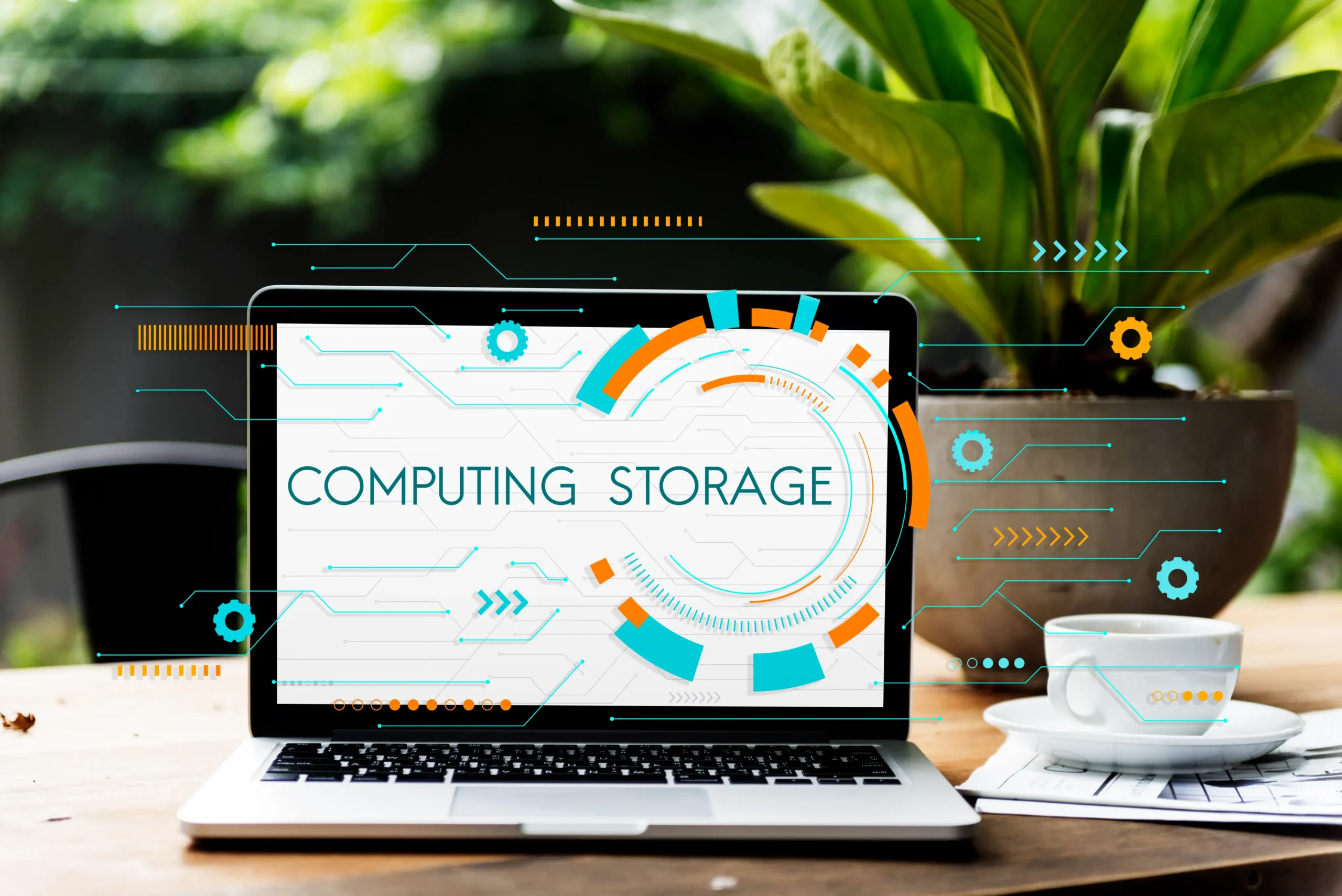
Modern software updates assume you have more RAM than you probably do. Each update adds new background services that constantly consume memory. Your 8GB laptop might have been fast with Windows 10, but Windows 11’s additional memory usage means less space for your actual programs.
Android 15 introduced AI-powered features that analyze your usage patterns. Great for optimization, but these AI processes need dedicated RAM even when you’re not actively using them.
The Compatibility Tax

Every update includes layers of compatibility code,software designed to make sure old programs still work with new systems. This creates overhead. Your computer now runs extra translation layers between old and new software, slowing down every interaction.
Modern updates also add security features that scan every file operation and network request. These security checks are necessary but add microseconds to every computer operation. Those microseconds add up to noticeable delays.
3. Is This Planned Obsolescence? The Controversial Answer

In 2017, Apple admitted to intentional slowdown updates. They were throttling iPhone 6 and 7 processors on purpose. Apple claimed it was to “preserve battery life,” but users saw it differently—their phones got slower right before new models launched.
The backlash was swift. Apple paid $500 million in class-action settlements in the US. Italy fined them $12 million. France hit them with another $27 million fine. The message was clear: slowing down devices on purpose isn’t acceptable.
The Legal System Fights Back

Europe took the strongest stand. In 2023, the EU voted to ban planned obsolescence software practices. By 2024, new legislation made it illegal for companies to use “unnecessary software upgrades” that force people to buy replacement parts or new devices.
The EU Council was specific about what counts as illegal. Companies can’t push updates that make devices unusable just to sell new ones. They can’t require expensive manufacturer parts when cheaper alternatives work fine.
The tricky part is: How do you prove an update was designed to slow things down?
The Gray Zone Problem
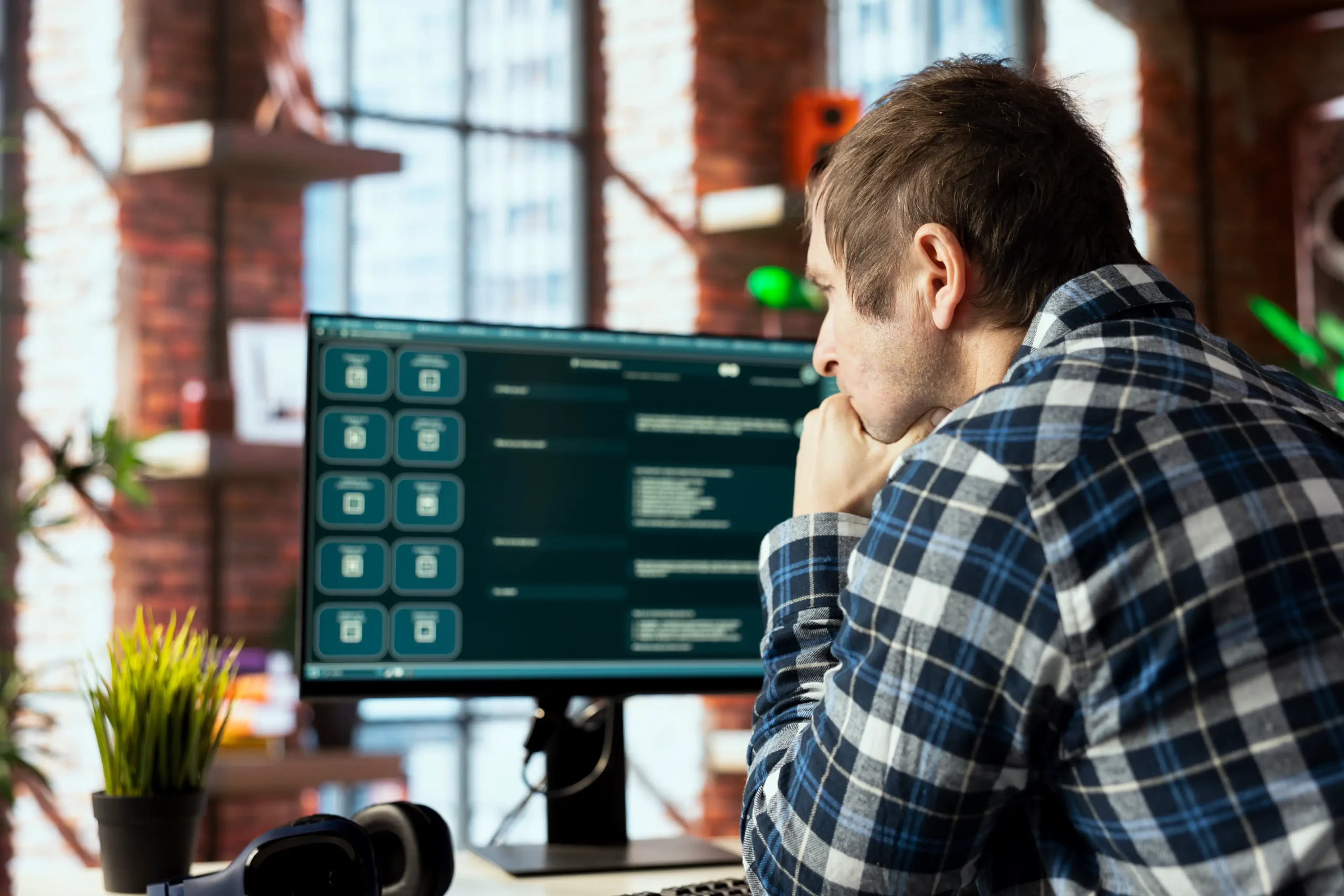
Software engineer Eric Traut from Microsoft admits the challenge. “A lot of people think of Windows as this really large, bloated operating system, and that may be a fair characterization.” But he argues it’s not intentional sabotage—it’s the result of adding features people want.
The business incentive is real, though. When your 2019 laptop struggles with 2025 software, buying a new one seems like the obvious solution. Companies benefit when you upgrade, even if they didn’t plan the slowdown.
Academic research shows that software companies face a balancing act. They can optimize for older hardware, but that limits new features. They can focus on cutting-edge capabilities, but that leaves old devices behind.
What Experts Really Think?
Most software engineers say slowdowns happen because of resource constraints, not evil plots. New features need more power. Security improvements require extra processing. These additions slow down older hardware naturally.
But some industry insiders aren’t convinced it’s all innocent. One unnamed Apple engineer told tech journalist Bobby Allyn that internal discussions about update performance often focus more on “user experience” than actual device capabilities.
Real Users, Real Problems: 2025 Update Horror Stories

Software updates are supposed to make our devices better, faster, and more secure. But 2025 has proven that sometimes the cure can be worse than the disease.
Windows Server Chaos: The KB5050008 Disaster
Windows Server 2019 users faced a devastating blow in January 2025 when KB5050008 caused severe performance issues and system freezing. Small businesses running Terminal Server and SQL Server environments found themselves completely locked out as Remote Desktop connections became unresponsive, freezing for minutes at a time.
The situation became so critical that many administrators had to uninstall the update entirely to restore normal operations. One frustrated user reported: “We had this same problem back in August with the 2024-08 Cumulative Update for Windows Server 2019 KB5041578, slow performance and freezing. Here we go again with KB5050008.”
iPhone Users Still Suffering: iOS 18 Lag Nightmare
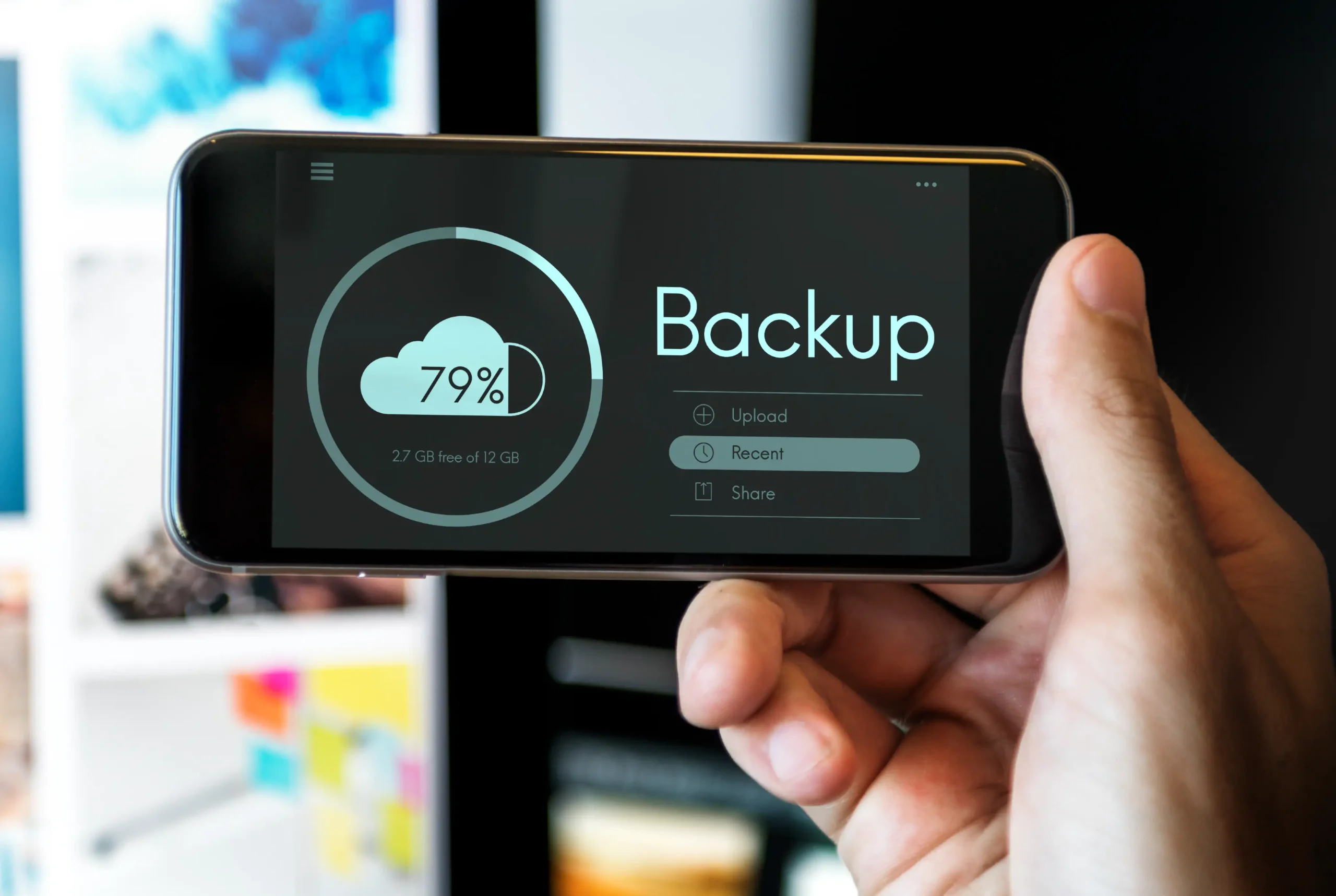
Despite multiple point releases, iOS 18 continues to plague iPhone users with persistent lag and performance issues months after its initial release. The problems aren’t limited to older devices either—iPhone 16 Pro Max users report “extremely laggy” performance and freezing on basic tasks like typing or scrolling through the Home Screen.
The Apple Community forums are filled with frustrated users describing their once-smooth devices now requiring them to “type real slow now for it to be legible”. Even simple tasks like emoji suggestions have become painful, with users reporting that typing “smile” now takes “upwards of 5 seconds” for the emoji to populate.
Gaming Laptops Turned Paperweights
Windows updates have proven particularly brutal for gaming enthusiasts in 2025. After installing the July 2025 cumulative update, users reported that “any games i try to play from windows for PC crash while trying to open”. High-performance gaming laptops that cost thousands of dollars became essentially unusable overnight.
The problems extend beyond gaming, with some systems taking “30 minutes to load after entering the password” and becoming “extremely laggy and unresponsive, resembling how a Nokia 1330 would perform running GTA V”. Even complete Windows reinstallations failed to resolve the issues for many users.
Small Business Servers: The Silent Victims
Small businesses have been hit particularly hard by 2025’s update troubles. One server administrator reported that “all for 2025 have failed where all from 2024 and prior installed with no issue”, with updates consistently failing with various error codes including 0x80071a91, 0x8000ffff, and 0x80246007.
The situation has created a dangerous scenario where critical security updates simply won’t install, leaving small businesses vulnerable to threats while they struggle to maintain basic operations.
The Tools That Actually Work: Your 2025 Performance Toolkit

When update disasters strike, having the right computer optimization tools 2025 can mean the difference between a productive day and hours of frustration. Here’s your arsenal of proven solutions to speed up computer after update problems and keep your devices running smoothly.
Essential Free Optimization Tools

CCleaner remains the gold standard for system cleaning, efficiently removing temporary files, and registry clutter that accumulates after problematic updates. Its Health Check feature provides one-click optimization that’s perfect for users who want results without complexity.
Ashampoo WinOptimizer offers comprehensive system maintenance with its automated optimization modules. The software excels at defragmenting registries and cleaning up leftover update files that often cause slowdowns. Its real-time monitoring helps prevent future performance issues before they become critical.
IObit Advanced SystemCare combines antivirus protection with system optimization, making it ideal for users dealing with both security and performance concerns. Its Deep Optimization mode can resurrect systems that have been severely impacted by buggy updates.
Windows Built-in Powerhouses
Don’t overlook Microsoft’s own solutions. Windows Storage Sense automatically cleans temporary files and manages disk space, while the built-in Disk Cleanup tool can free gigabytes of space consumed by failed update attempts. The Performance Troubleshooter in Windows Settings often resolves common post-update slowdowns with minimal user intervention.
Specialized Performance Tools
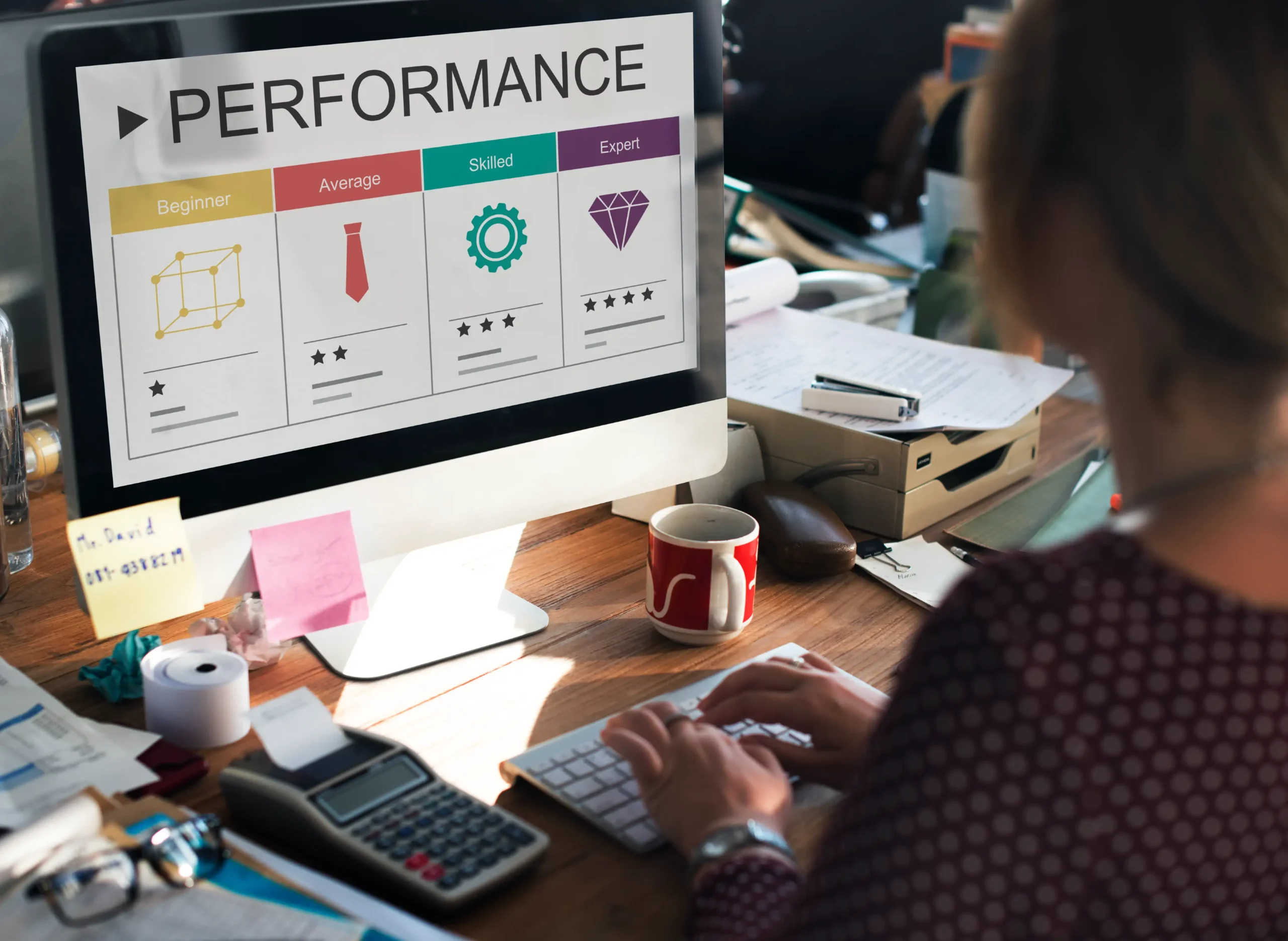
Fortect stands out for system repair, automatically detecting and fixing corrupted system files that updates sometimes damage. For power users, MSI Afterburner provides detailed performance monitoring to identify exactly which components are struggling after updates.
Process Lasso offers intelligent CPU management, automatically adjusting process priorities to prevent system freezes during heavy workloads. AVG TuneUp provides automated optimization with its comprehensive maintenance scheduler, running cleanup tasks during idle periods.
Mobile Device Recovery
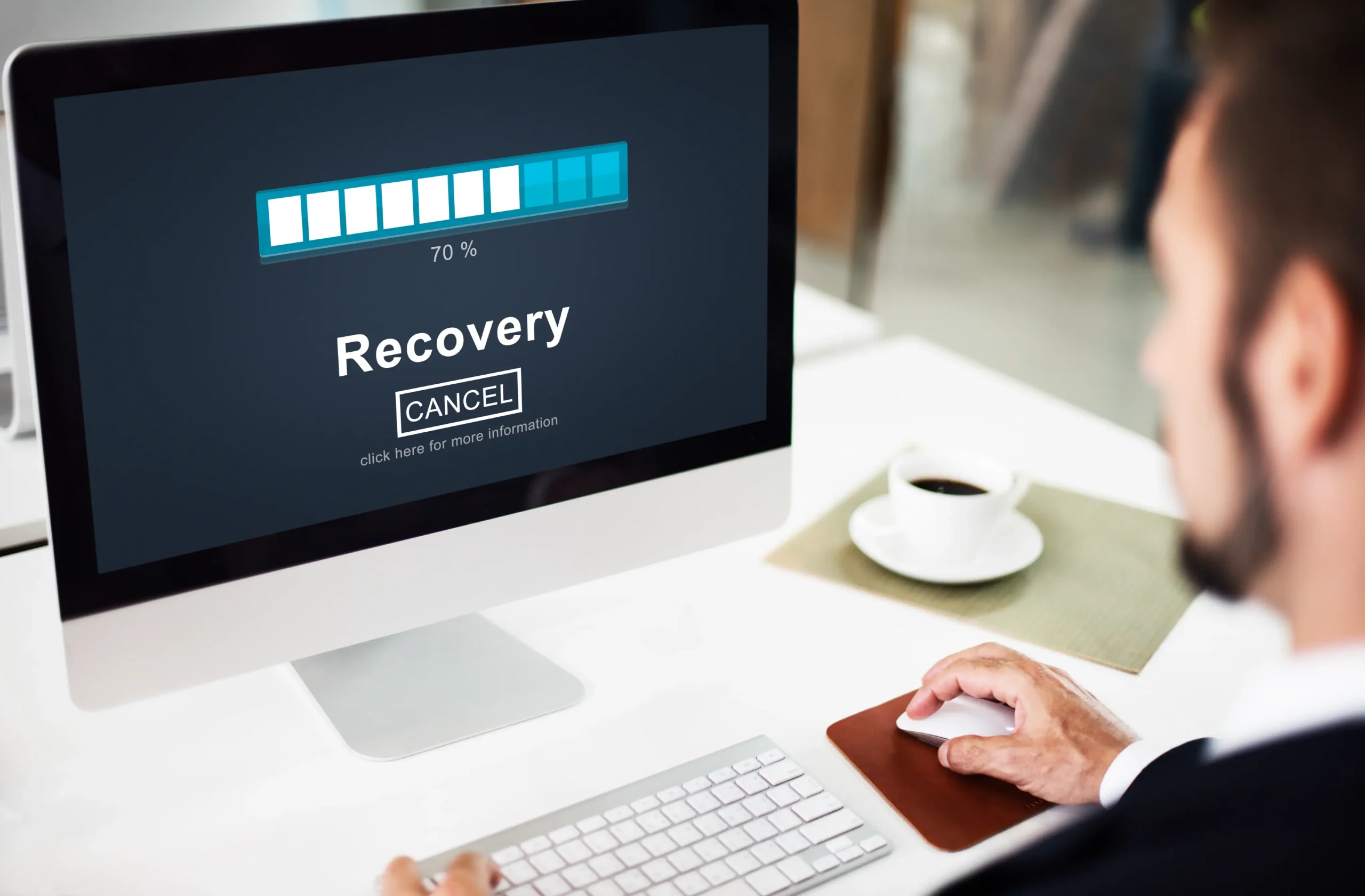
For iPhone users suffering from iOS 18 lag, enable “Reduce Motion” in Settings > Accessibility and disable Background App Refresh for non-essential apps. Android users should clear cached partition data and use built-in device care features found in Settings.
The key to successful optimization is layering these tools strategically—start with built-in Windows utilities, then deploy specialized tools for persistent issues. Regular automated maintenance prevents most update-related slowdowns before they impact your workflow.
Prevention Strategies: Update Smart, Not Often

The best way to prevent slow updates is implementing a smart update strategy that prioritizes stability over having the latest features. Here’s how to update intelligently without becoming a beta tester for Microsoft or Apple.
Timing is Everything
Wait 2-3 weeks after major OS releases before installing. This window allows early adopters to discover critical bugs while giving developers time to release hotfixes. Use Windows Update’s pause feature (Settings > Update & Security > Pause Updates) to delay non-critical updates for up to 35 days.
For iOS users, monitor the beta testing program feedback before upgrading. Professional environments should delay updates even longer—many IT departments wait 30-60 days to ensure mission-critical applications remain compatible.
Smart Installation Practices

Always create system restore points before major updates. In Windows, type “Create a restore point” in the search bar and set one manually. This five-minute investment can save hours of troubleshooting later.
Use selective update installation by hiding problematic updates through Windows Update settings. Mark driver updates as “optional” and research specific KB numbers on forums before installing.
Hardware-Based Decisions
Consider your device age when deciding update frequency. Devices over three years old should approach major updates cautiously, as newer features often demand more resources than older hardware can efficiently handle.
Automated Maintenance

Set up automated cleanup schedules before updates. Enable Storage Sense to run weekly, clearing temporary files that can interfere with update installation. Schedule Disk Cleanup and registry cleaning tools to run during off-hours, ensuring your system is optimized before new updates arrive.


